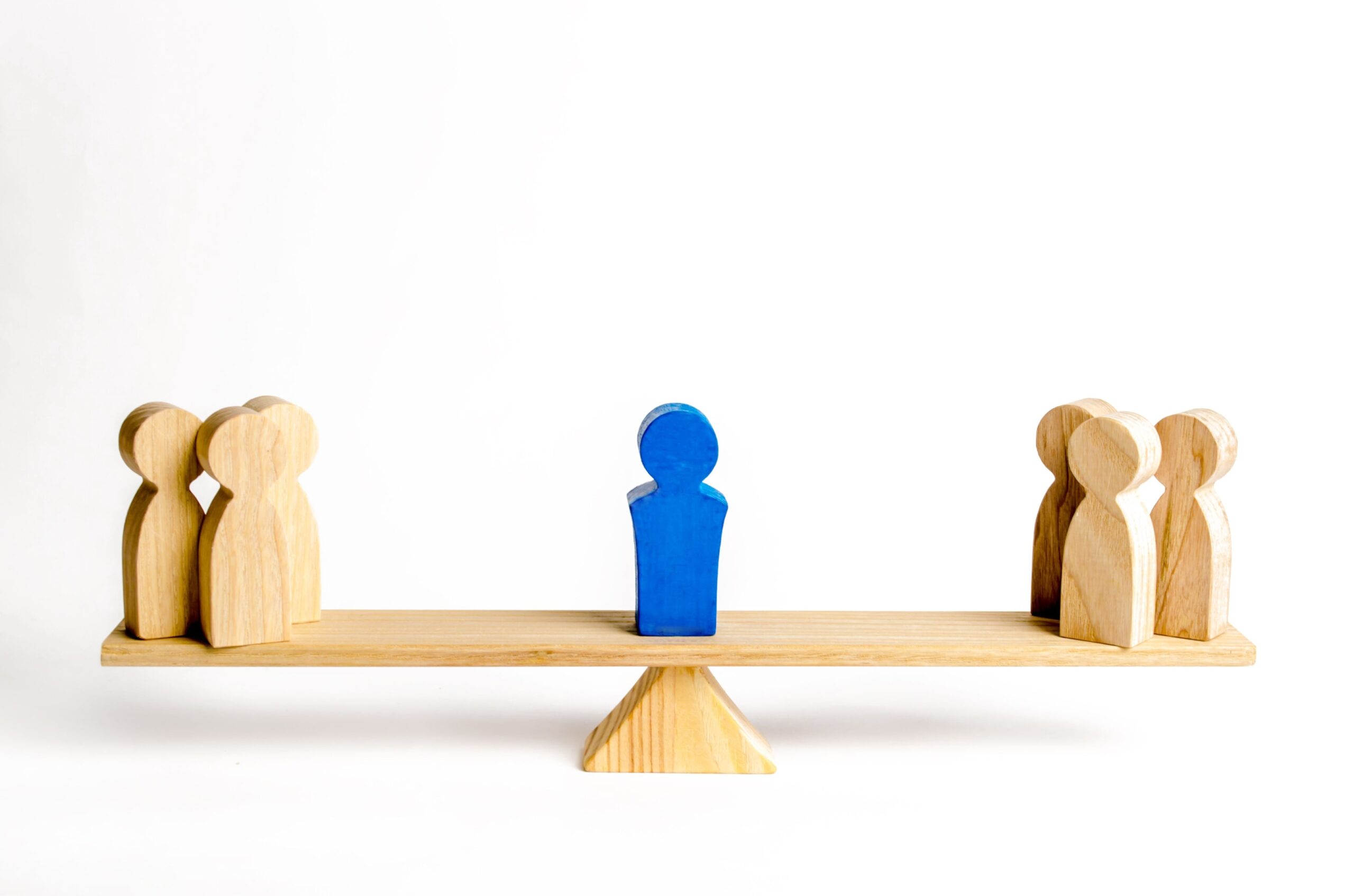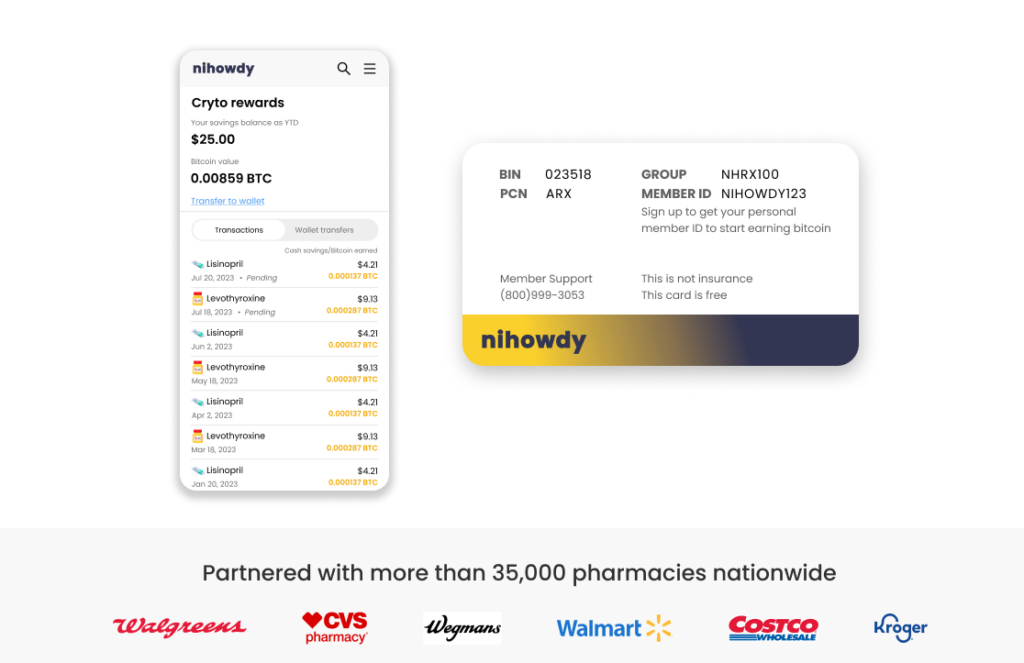Colace vs Miralax: Uncovering the Best Constipation Relief for You


Struggling with constipation and can’t decide between Colace and Miralax? In this article, we discuss “Colace vs Miralax,” cutting through the confusion and directly comparing their efficacy, safety, and how they may suit your individual health needs.
Key Takeaways
Colace and Miralax offer different approaches to constipation relief. Colace softens stool to ease passage, while Miralax draws water to the colon to stimulate bowel movements.
Both medications can be effective for short and long-term constipation management, with Miralax generally recommended for medication-induced constipation and Colace favored by those needing to minimize straining, such as people with hemorrhoids or heart conditions.
Cost, side effects, and dosage are important considerations when choosing a constipation remedy, and lifestyle changes like diet and exercise can significantly help alleviate symptoms.
Colace vs Miralax: Understanding Your Options

Colace and Miralax aim to relieve constipation, though their methods differ significantly.
Colace is a stool softener that hydrates your stool, making it easier to pass.
Conversely, Miralax operates as an osmotic laxative by drawing water into the colon, which helps soften the stool and prompts bowel movements.
These interventions prove beneficial in several contexts.
Providing immediate relief from constipation
Addressing long-standing issues of chronic constipation
Serving as part of the preparation for colonoscopy examinations
But what are the nuances between these treatments? Why might one choose one laxative over another depending on personal health needs or specific circumstances? Exploring the environment. Understanding how stool softeners work versus osmotic laxatives can illuminate our options more clearly.
The Role of a Stool Softener in Treating Constipation
Colace, an emollient laxative known as a stool softener, employs docusate sodium to attract water and fat into the stool. By increasing moisture in this way, it facilitates the passage of stools through the digestive system more comfortably. This action is beneficial for those with medical conditions like hemorrhoids or particular heart issues—or for individuals recuperating from surgery—where straining during bowel movements can worsen their health problems. In contrast to other types of laxatives that utilize polyethylene glycol or its variant polyethylene glycol 3350, which aim to induce bowel movements directly, Colace primarily concentrates on easing stool consistency.
Thus, if you suffer from constipation and need to minimize exertion while passing stools, consider giving your digestive system the tender support Colacy offers.
When one finds themselves dealing with constipation due to medication use or needing preparation such as a colonoscopy, Miralax comes into play – functioning as an osmotic laxative.
How an Osmotic Laxative Eases Constipation Symptoms and Bowel Movements
Miralax is an osmotic laxative similar to other stool softeners. It pulls water into the colon, softening the feces and encouraging contractions within the colon. As a result of these actions, passing stools is less challenging. The FDA recognizes Miralax for this specific use. It induces a bowel movement from 1 to 3 days post-use, offering significant relief for individuals suffering from constipation.
For those coping with constipation brought on by medications or getting ready for a medical procedure such as a colonoscopy, Miralax stands out as a practical option. Yet, how does its efficacy hold up when compared directly to Colace? We aim to uncover this in our head-to-head comparison of their effectiveness.
Efficacy Showdown: Colace vs Miralax

Within the realm of remedies for constipation, Miralax and Colace stand out as formidable solutions, each boasting distinctive abilities. Notably, when medication-induced constipation is at play, many favor Miralax due to its proven efficacy in tackling this specific issue. Meanwhile, those dealing with conditions such as hemorrhoids or heart complications or who are recuperating post-operation often find solace in Colace’s capacity to soften stools and minimize strain during bowel movements.
Throughout pregnancy, healthcare practitioners typically suggest using Miralax to ease constipation. Nonetheless, while safe for use during this time, it might be slightly less potent than MiraLAX; according to medical professionals, regarding the expanding frequency of bowel evacuation, evidence Points towards greater efficiency possessed by miraLAX relation compared with similar product lines. Regarding endorsement, professional entities, such as the American College of Gastroenterology and the Society of Colon Rectum Surgeons, have supported osmotic class laxatives that specifically address adult instances. In contrast, North counterpart pediatric branch gastroenterological studies deem treatment of the pediatric age group as the first line of defense.
However, these treatments’ potential adverse effects and safety factors must not be overlooked. So, let’s explore those aspects in detail.
Side Effects and Safety Profile
Despite their benefits as laxatives, Colace and Miralax are not without potential drawbacks in the form of side effects. Colace may bring discomfort, such as stomach pain, diarrhea, or cramps. Miralaz’s list of possible adverse reactions includes headaches, abdominal cramps, bloating, nausea, and diarrhea. More serious complications from Colace could involve rectal bleeding. At the same time, a severe allergic reaction might exhibit symptoms like rash, itching/swelling, significant dizziness, and respiratory difficulties, though this is considered infrequent.
When considering using medications, there are certain precautions one should keep in mind.
It’s seen as a tier choice for pregnant women due to its proven safety record, but Colace remains a safe option, too,
Those with kidney problems must consult their doctor before beginning treatment.
Talk about the long-term utilization of any medication.
Poor adherence to the treatment plan can lead to unwanted consequences, including dehydration and loss of minerals and body fluids.
Usage beyond the recommended duration raises concerns.
Knowing these various impacts, we now delve into how to properly and effectively manage medications.
Dosage and Administration: Getting It Right
Ensuring the proper administration of both Colace and Miralax is essential to maximize their effectiveness and minimize adverse side effects. For optimal results with Miralax, begin with the lowest dose that achieves relief, often 17 grams for those at least 17 years old. It’s important to dissolve the Miralax powder in a liquid ranging from 4 to 8 ounces—options include water, coffee, or milk—and take it once per day, preferably in the morning hours. Consultation with a doctor should occur if use extends beyond one week.
Colace is an oral capsule in two strengths: 100 mg and 50 mg. This medication can be ingested once daily or split into multiple doses accompanied by a glass of water. Ingestion may be on an empty stomach or with meals. When considering giving children Colace, it’s crucial to consult a physician to ensure it’s appropriate and to determine the correct dosage. Monitoring for any adverse reactions is essential, and in cases of suspected overdose or severe side effects, seeking immediate medical attention is advised.
Nevertheless, potential drug interactions and specific medical conditions that could contraindicate its use are considerations that cannot be overlooked when using these medications.
Interactions and Contraindications
Sometimes, even though pairing up might seem like a good idea, merging Miralax with Colace doesn’t guarantee better results. Healthcare providers often suggest using both to combat constipation. Using more than one stool softener or laxative simultaneously could increase your chances of experiencing unwanted side effects, including diarrhea and sickness.
It’s worth noting that Miralax has the potential to interact adversely with various other medications as well as certain types of fiber and foods. Before initiating treatment with Miralax, you should disclose all active prescription drugs or supplements — including over-the-counter medicines, vitamins, and herbal preparations — to your doctor and pharmacist.
Lastly, but importantly, let us consider how day-to-day lifestyle choices may influence both constipation itself and its remedies.
Lifestyle Factors and Their Impact on Constipation and Bowel Movement
Colace and Miralax are vital in combating constipation, but our daily habits can enhance or hinder their effectiveness. Staying adequately hydrated is critical for softening stools, which can help prevent or relieve constipation. Consuming a fiber-rich diet from sources like vegetables, fruits, and whole grains greatly contributes to easing constipation symptoms.
Engaging in regular physical activity does more than minimize the chances of becoming constipated. It also enhances muscle function within the digestive system, facilitating more consistent bowel movements. Several lifestyle modifications can positively influence how regularly one experiences bowel movements: effectively managing stress levels, establishing routine bowel training practices, avoiding postponing bathroom visits when not at home, and favoring a squatting position during evacuation.
Consider cost-effective measures and opportunities to economize when addressing issues related to bowel movements.
Expert Insights: Healthcare Provider Perspectives
Healthcare professionals’ insights are as critical as those gleaned from user experiences. To alleviate the need to strain during bowel movements, especially in patients with conditions such as hemorrhoids or heart complications or for individuals recuperating post-operatively, medical experts commonly prescribe lace to soften stools. Miralax serves multiple purposes: It is used for short—and long-term constipation relief and functions effectively as a bowel preparation agent before procedures like colonoscopies. It’s approved for easing constipation in children under two years old.
Blending these expert recommendations with user testimonials creates an inclusive view of how each treatment may be performed across diverse groups and various health scenarios. When neither Colace nor Miralax seems suitable, one might wonder about alternative treatments for managing constipation.
Beyond the Basics: Additional Constipation Treatments
Colace and Miralax are known remedies for constipation relief, but several other options exist. These include:
Bulk-forming laxatives increase the water content in the colon to help soften and expand the stool, facilitating its progression through the digestive system. This enhancement of bulk is a defining action of a bulk-forming laxative.
Stimulant laxatives that induce muscle contractions in the intestines aid in moving stools along
Lubricant laxatives that coat both stool and intestinal lining, easing their transit.
Each treatment option offers different mechanisms to provide respite from constipation troubles, particularly beneficial for those dealing with occasional bouts of it.
Altering one’s diet can significantly help individuals battling irritable bowel syndrome (IBS). Consuming 20 to 35 grams of daily fiber from items like raspberries and fibrous veggies may ease symptoms. When faced with severe or ongoing chronic constipation issues, more intensive treatments might be necessary, such as surgical procedures, biofeedback therapy, or certain prescription medicines.
We will explore an innovative strategy for managing healthcare costs associated with purchasing these various treatments.
Innovative Rewards: NiHowdy Prescription Discount Card
The NiHowdy Prescription Discount Card is crucial for combating increasing healthcare expenses. It allows for immediate savings at participating pharmacies and the unique benefit of earning up to 3% Bitcoin cashback on every prescription refill, thus incorporating an element of potential investment into your medication cost reduction.
Present your NiHowdy Card when visiting any pharmacy within its network to leverage these discounts and benefits. Using the NiHowdy platform to search for your medications, you can compare prices and pinpoint the most economical options available at nearby drugstores. Over time, these financial gains could help mitigate climbing health-related costs or serve as funds for significant life events.
Summary
In our exploration, we have uncovered the distinct roles that Colace and Miralax play in managing constipation, their effectiveness under various circumstances, possible side effects to watch for, and appropriate dosing methods. We’ve delved into firsthand accounts from users, analyzed professional viewpoints, and looked at other treatment options for constipation relief. We’ve recognized how savings with the NiHowdy Prescription Discount Card can help alleviate some healthcare expenses.
Remember that people’s bodies respond differently to sporadic or chronic constipation. What is effective for one might not be equally effective for another. Engaging with a healthcare provider before embarking on any new course of medication or therapy is imperative. The quest to achieve personal comfort and health should always take precedence!
Frequently Asked Questions
How does Colace work to alleviate constipation?
Colace alleviates constipation by softening the stool, pulling water and fat into it, facilitating easier passage.
Is Miralax safe to use during pregnancy?
It’s crucial to seek guidance from your healthcare provider before commencing any new medication, including Miralax, which is deemed a safe first-choice laxative during pregnancy.
Can I take both Colace and Miralax at the same time?
Taking Colace with Miralax is usually not recommended as it may increase the chance of experiencing side effects.
Are there generic versions of Colace and Miralax available?
Affordable alternatives for treating constipation are available in generic versions of both Colace and Miralax.
What are some lifestyle changes that can help alleviate constipation?
To mitigate the effects of constipation, consider enhancing your hydration levels, incorporating more dietary fiber into your diet, and committing to consistent physical activity. These lifestyle modifications can help promote regular bowel movements and reduce discomfort.


